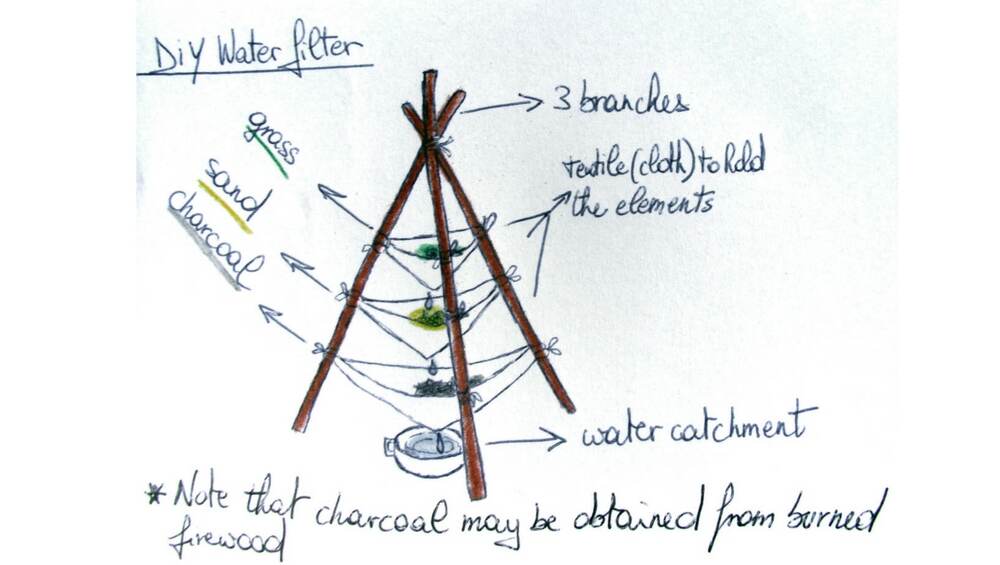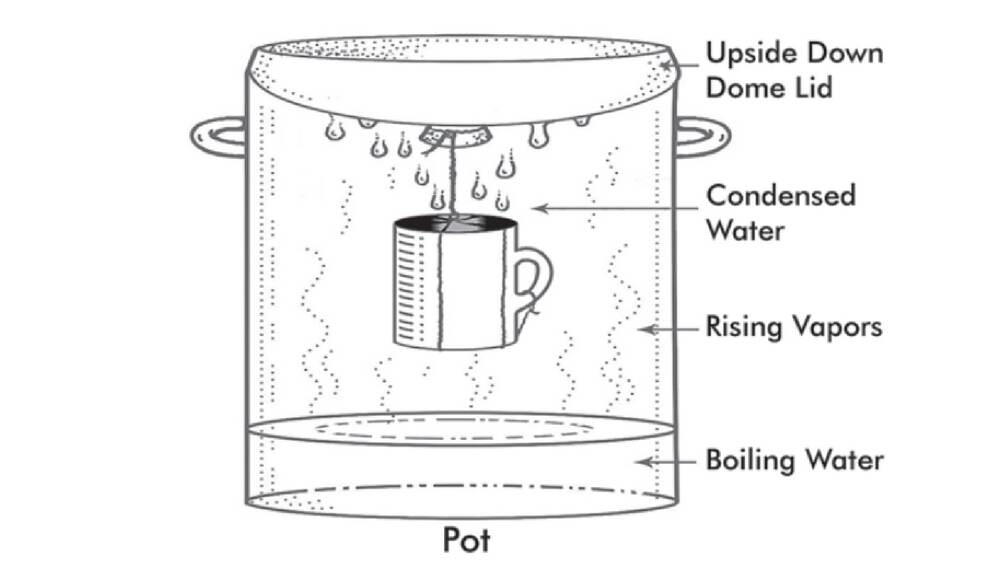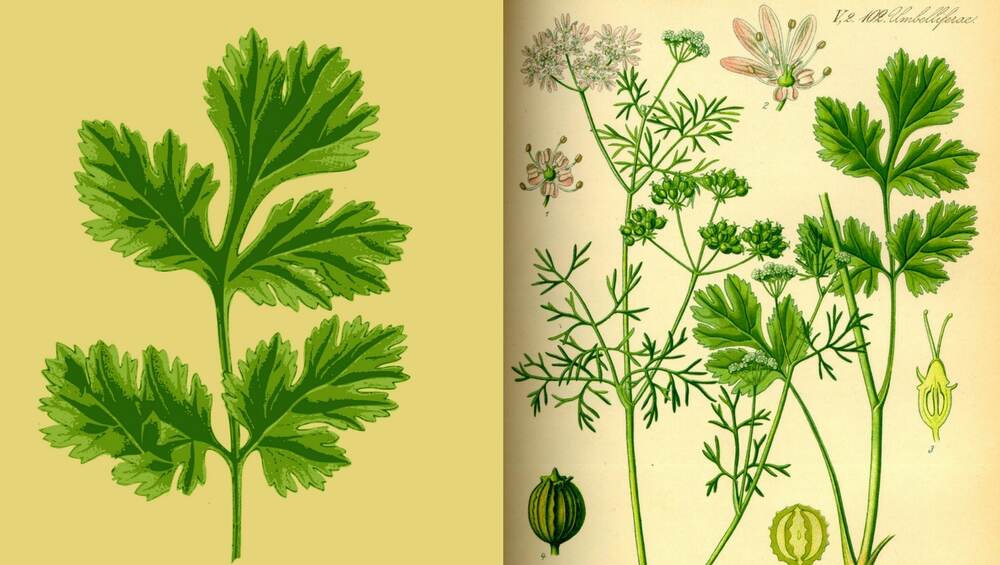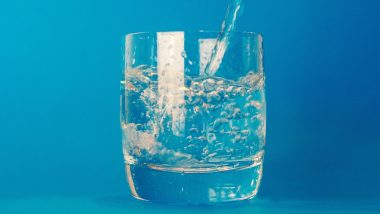Most metropolitan cities in India face drinking water crisis from time to time, mostly related to contamination. Recently, BMC has issued a warning to residents of Kurla and Ghatkopar of turbid water supply for a next few days. The corporation has advised them to filter and boil water to prevent waterborne diseases. Drinking and using contaminated water can be dangerous and potentially fatal due to the many health hazards it can cause. Common health effects include gastrointestinal problems, diarrhoea, nausea, dehydration, stomach pain, typhoid, and hepatitis and even death. Luckily, there are ways to treat contaminated water so that it doesn't mess with our health.
1. Filtering Water

The first step is to filter the water if it is turbid or cloudy. Water can turn turbid for a lot of reasons. Having a water filter at home is always useful, but in case if there isn't one, you can always pass it through a fine muslin cloth, filtering paper, charcoal or sand. Leave the water still for a few hours to let the sediments settle to the bottom. Now carefully drawn the water from the top without upsetting the vessel. Here's a brilliant DIY technique to filter cloudy water in case you don't have a water filter.
2. Boiling Water

But filtering water does not make it completely safe. Contaminated water, even if it is filtered, can contain harmful, disease-causing bacteria like E Coli, Legionella and faecal coliform, which are responsible for some life-threatening illnesses. Viruses such as polioviruses, echoviruses and coxsackieviruses can thrive in contaminated waters. These pathogens can cause deadly diseases, ranging from gastroenteritis to meningitis. The only way to kill or incapacitate them is to subject them to a very high temperature, approximately 160o Fahrenheit. That's why boiling water is the most effective way to purify it. Pour the filtered water in a vessel and bring it to a rolling boil (212o Fahrenheit). After boiling, pour the water into a clean vessel through a cloth or a sieve.
3.Distilling Water

While boiling can kill most microorganisms in the water, distillation can remove pathogens that may have resisted boiling. Additionally, it can also remove heavy metals, salts and chemicals dissolved in the water. To distil water, you have to fill a vessel halfway with water. Fit a bowl inside the vessel by tying it to the handle. The bowl or cup should be facing the lid. Boil the water for 20 minutes and let it cool. You can speed up the cooling by placing a wet cloth on top of the vessel. The water vapour, free of all the chemicals and salts, will rise upwards, settle on the lid and drip down as water into the attached bowl. The water collected in the bowl will be distilled and free of chemicals. Follow the illustration on top.
4. Detoxing with Coriander

While boiling water and distilling are excellent ways to kill the pathogens in the water, it doesn't guarantee complete purity. The contaminated water may contain chemicals like nitrates, sulphates, chloramines and even heavy metals like lead, mercury and chromium, which cannot be removed by boiling alone. Even the level of dissolved solids in water can increase with heating the water. So it's important to detoxify it first. Coriander leaves are all you need to remove heavy metals from water. The leaves, also known as Chinese parsley or cilantro, have powerful detoxifying properties that can remove neurotoxic heavy metals like mercury and nickel from the water. It can also neutralise toxic chemicals in water such as phthalates, plasticisers and insecticides. All you have to do is to fill a pitcher with water and put a handful of coriander leaves into it. Let the leaves stay in it for an hour, after which you can consume the water.
Water can also be treated chemically by adding small amounts of bleach, iodine tincture or alum to the contaminated batch. Although more sophisticated water purifying systems like Reverse Osmosis and Ultraviolet technologies can be more effective, these essential techniques can be performed in a pinch in the absence of water purifiers.
(The above story first appeared on LatestLY on May 07, 2018 11:28 AM IST. For more news and updates on politics, world, sports, entertainment and lifestyle, log on to our website latestly.com).













 Quickly
Quickly












